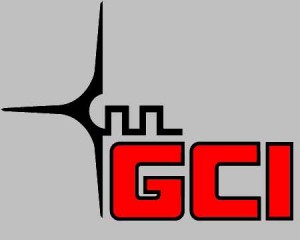 Ordinarily, General Communication Inc., or GCI, and Alaska Communications Systems Group Inc. (ACS) compete with one-another for a share of Alaska’s television, broadband, phone, and wireless marketplace. But when Verizon Wireless unveiled plans to build and operate its own network in the state, GCI and ACS set aside some of that rivalry to pool resources for construction of what they claim will be Alaska’s fastest wireless network.
Ordinarily, General Communication Inc., or GCI, and Alaska Communications Systems Group Inc. (ACS) compete with one-another for a share of Alaska’s television, broadband, phone, and wireless marketplace. But when Verizon Wireless unveiled plans to build and operate its own network in the state, GCI and ACS set aside some of that rivalry to pool resources for construction of what they claim will be Alaska’s fastest wireless network.
The two companies have agreed to form The Alaska Wireless Network LLC, a jointly-funded statewide wireless network to be used by customers of both companies. GCI will own two-thirds of the network and manage its daily operations, while ACS maintains a one-third interest. The companies claim they needed to join forces because of the enormous construction costs required to build next generation wireless technology across Alaska.
Both companies will continue to market their own cell phone plans, but since both companies will share the same cell towers, coverage will be identical while accessing the new wireless network.
 “By combining our respective wireless assets, GCI and Alaska Communications can provide a state-of-the-art Alaska wireless network owned and operated by Alaskans for Alaskans,” said Alaska Communications president and CEO Anand Vadapalli and GCI president and CEO Ron Duncan. “We believe that The Alaska Wireless Network will provide the fastest, most geographically extensive, and most reasonably priced wireless services for Alaska subscribers, allowing us each to compete more effectively in the retail market.”
“By combining our respective wireless assets, GCI and Alaska Communications can provide a state-of-the-art Alaska wireless network owned and operated by Alaskans for Alaskans,” said Alaska Communications president and CEO Anand Vadapalli and GCI president and CEO Ron Duncan. “We believe that The Alaska Wireless Network will provide the fastest, most geographically extensive, and most reasonably priced wireless services for Alaska subscribers, allowing us each to compete more effectively in the retail market.”
Verizon Wireless believes otherwise. Demian Voiles, vice president for Verizon Wireless Alaska, took a minor shot at the combined network stating Verizon planned to construct an Alaskan network that would rival the kind of coverage Verizon Wireless is recognized for in the lower 48 states. Voiles said Verizon’s arrival in 2013 will provide Alaskans “the choice they need” in wireless phone companies.
The deal between GCS and ACS requires federal regulatory approval before it can proceed.
[flv width=”640″ height=”380″]http://www.phillipdampier.com/video/KTUU Anchorage Alaska Wireless Network 6-5-12.mp4[/flv]
KTUU in Anchorage investigates how GCI is teaming up with its biggest rival — Alaska Communications — to jointly construct a new statewide wireless network to compete with Verizon and AT&T. (2 minutes)


 Subscribe
Subscribe

